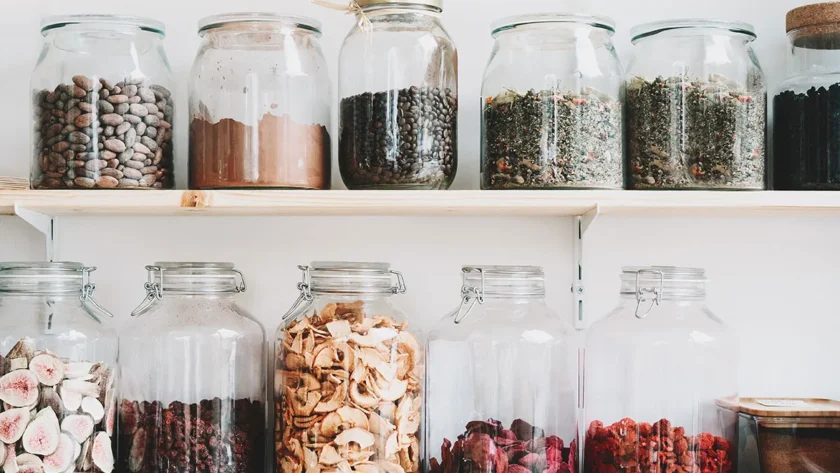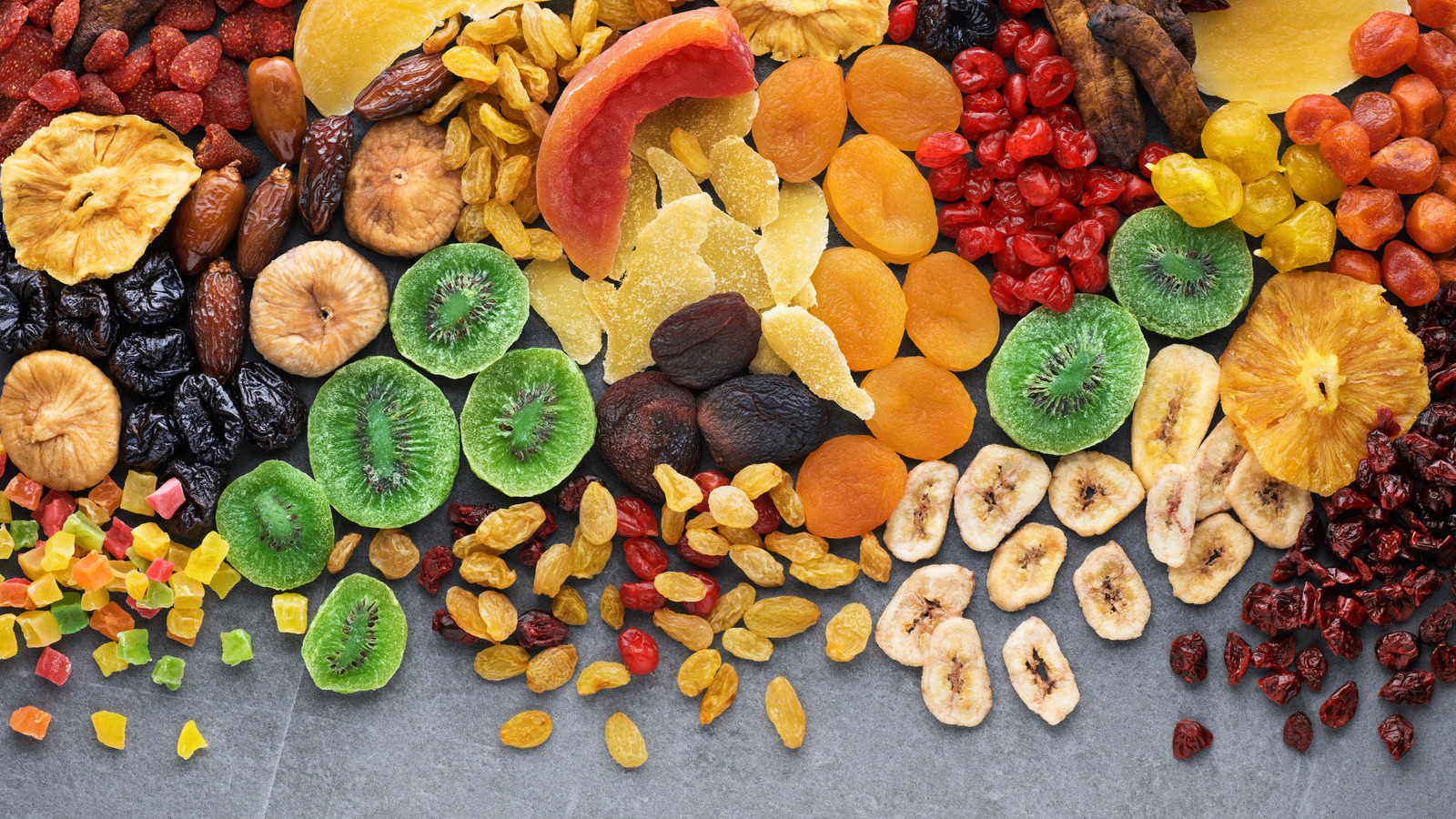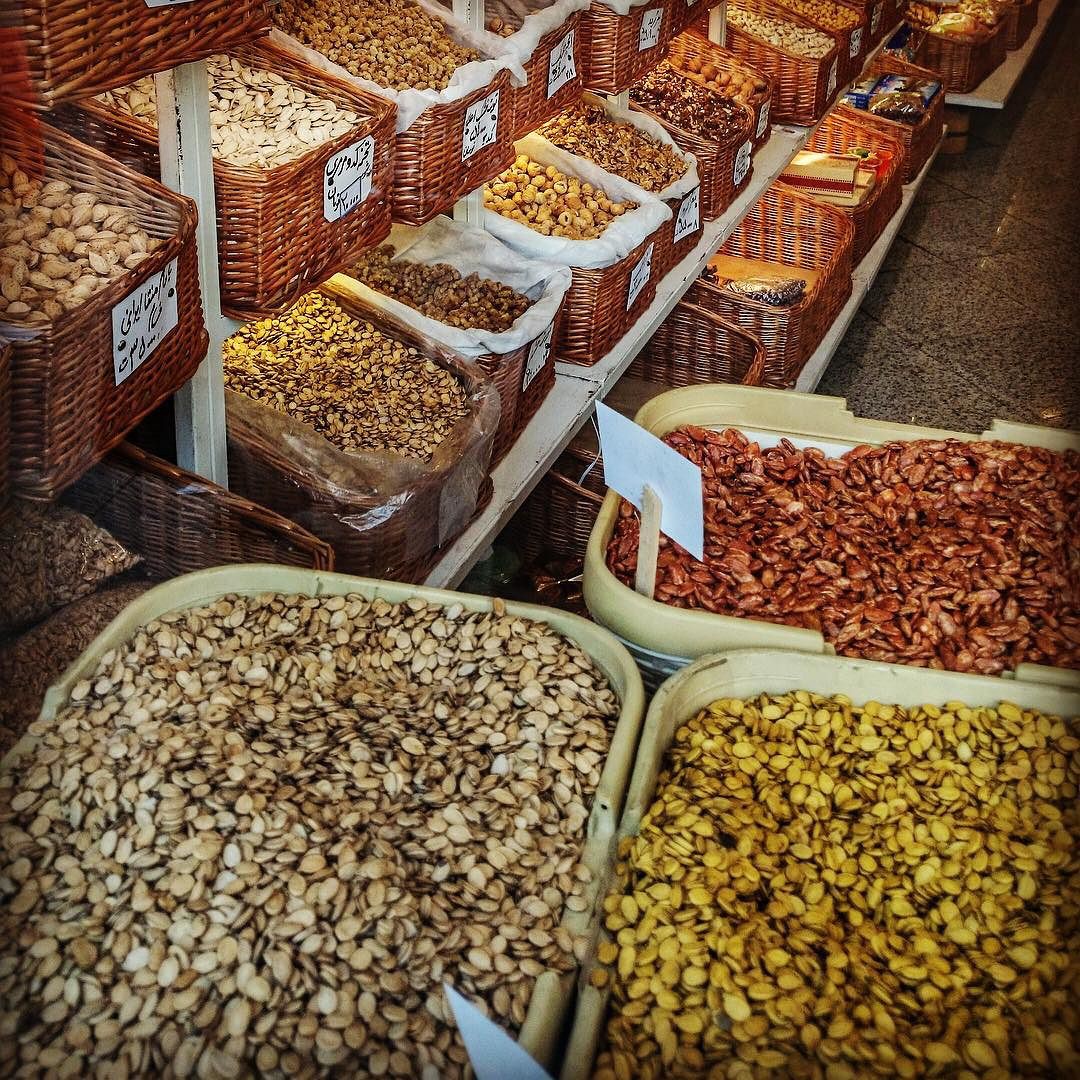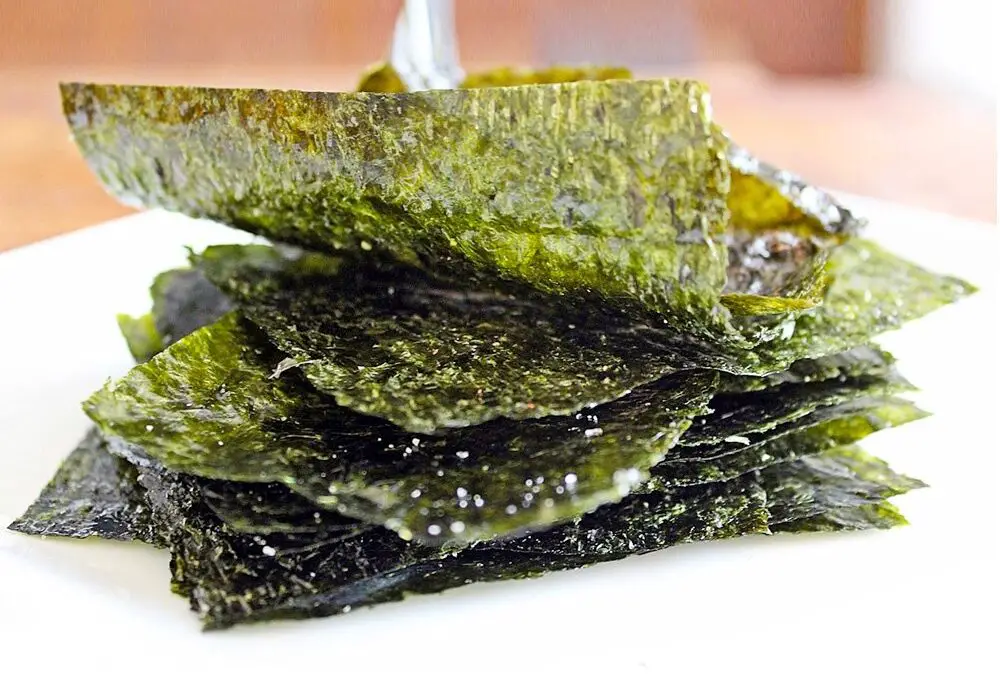If you’ve been to your local grocery store lately, you’ve probably noticed the price hike on almost every food item in the store — from bread to beans, fresh fruit and most definitely EGGS. It seems every time I go shopping, my grocery bill is more, and the amount I’m getting is insanely less. Even the bagged and boxed foods are shrinking. I’ve been on a mission to figure out how to spend less and still eat fairly healthy.
Here are the 10 long keeping super-foods I’ve found that will save you money by buying in bulk and preparing them yourself.
Beans
Beans are an excellent source of nutrition and provide numerous health benefits. They are low in fat, high in fiber and protein, and rich in various vitamins and minerals, including folate, iron, magnesium, potassium, and manganese. They are also rich in antioxidants and have a low glycemic index, meaning they have a slow, gradual effect on blood sugar levels. This makes them a good choice for people with diabetes or other blood sugar-related conditions.
Instead of buying canned beans, which may have harmful chemicals that leach out from the lining in the cans, purchase a bag or 2 of dry beans and soak them overnight yourself. The amount of servings in a 16 oz. bag is typically 160 servings, which will cost you around $2-$3. That is the same price you’d pay for 1 can of beans these days!
Dry beans are versatile and easy to prepare:
- Rinse the dry beans, pick out any small stones or debris.
- Soak the beans, by either covering the beans with double the water of beans and let them soak overnight. Or place the beans in a saucepan, cover with water and bring to a boil. Remove from heat and soak for 1 hour. Drain and rinse the beans before cooking.
- Bring fresh water to a boil with the beans in it, then reduce heat and let the beans simmer until they are tender, which can take anywhere from 45 minutes to 2 hours, depending on the type of bean and your desired texture. You can add seasonings, herbs, stock, meat bones, or thick cut veggies. Be sure to stir the beans occasionally and add more water as needed to keep the beans covered in water until fully cooked.
Grains
Grains are a good source of carbohydrates, which are the body’s main source of energy. They are also a good source of fiber, which can help regulate blood sugar levels and promote digestive health. Some grains, such as quinoa and amaranth, are high in protein and can be a good source of plant-based protein for those who follow a vegetarian or vegan diet. Most grains are a good source of several essential vitamins and minerals, including B vitamins, iron, and magnesium. Some whole grains, such as whole wheat and brown rice, contain antioxidants, which can help protect against cellular damage and reduce the risk of certain diseases.
In addition to the nutrients they provide, consuming a diet rich in whole grains has been linked to a variety of health benefits, including a lower risk of heart disease, type 2 diabetes, and certain types of cancer. It’s important to note that not all grains are created equal. Refined grains, such as white flour and white rice, have been stripped of their fiber and other nutrients during processing, making them less nutritious than whole grains. To maximize the health benefits of grains, it’s best to choose whole grains whenever possible.
Preparing dried grains is similar to beans. I like soaking my grains for an hour or 2 before i cook them. This cuts down on cook time and makes the grain easier for our gut to digest. You can also look up how to go about Sprouting Grains, which increases the nutritional density, and is fairly easy to do.
The preparation of dried grains depends on the type of grain and the dish you are making, but here are some general steps to help you get started:
- Rinse the grains in a fine-mesh strainer to remove any dirt or debris.
- Measure out the desired amount of grain and place it in a bowl or mason jar. Soak for 1-2 hours with water. Rinse well.
- Add fresh water to the saucepan based on the grain-to-water ratio recommended on the package. Different grains have different ratios, so be sure to check the packaging for the specific recommendations for the grain you are using.
- Bring the water to a boil over high heat, then reduce heat to low, cover the saucepan, and simmer until the grains are tender and have absorbed all of the water. This can take anywhere from 15 to 45 minutes, depending on the grain. I like to carefully shake the sauce pan to stir the rice, without taking the lid off.
- Once the grains are cooked, remove the saucepan from heat and let it sit, covered, for a few minutes to allow the grains to settle. Then, use a fork to fluff the grains and remove any clumps.
- Season the grains with salt, pepper, and other seasonings to taste. Some popular seasonings for grains include herbs, spices, lemon juice, and grated cheese.
Note: Different grains have different cooking times and textures, so be sure to check the package for specific cooking instructions and adjust the cooking time as needed.
Dried fruits
Dried fruits are a convenient and nutritious snack that can offer several health benefits. They are able to be stored for years and retain their nutrition over time. You can save money on these nutritious snacks by checking out your local bulk food store, as they tend to be much cheaper than the grocery store. Some of the key health benefits of dried fruits include:
- Dried fruits are highly concentrated sources of vitamins and minerals, such as vitamin C, potassium, and iron.
- Dried fruits are an excellent source of fiber, which can help regulate digestion and prevent constipation.
- Some dried fruits, such as raisins and dried cranberries, are high in antioxidants that can help protect the body against damage from free radicals and oxidative stress.
- Some dried fruits, such as dried apricots and dates, are rich in potassium, which can help regulate blood pressure and reduce the risk of heart disease.
- Dried fruits can provide a quick burst of energy, making them a great snack for athletes or anyone looking for a pick-me-up.
- Dried fruits are low in calories and high in fiber, making them a good option for those looking to manage their weight.
It’s important to keep in mind that dried fruits can be high in sugar, so it’s best to eat them in moderation as part of a balanced diet. Additionally, some dried fruits can be treated with sulfur dioxide to preserve their color, so it’s a good idea to check the label and choose brands that are organic and sulfite-free.
To store dried fruit and extend its shelf life, it’s important to keep it in a cool, dry place and protect it from moisture, air, and light. Some tips for storing dried fruit include:
- Store dried fruit in sealed mason jars to protect them from moisture and air.
- Keep dried fruit in a cool, dry place, such as a pantry or cupboard, away from direct sunlight and sources of heat, such as an oven or stove.
- Make sure the containers are completely dry before closing them, and try to keep the dried fruit away from sources of moisture.
- If possible, store different types of dried fruit separately to prevent cross-contamination and extend their shelf life.
Nuts
Nuts are a nutritious and versatile food that have a pretty long shelf life and can be expensive, unless you purchase them at your local bulk foods market. They also make you feel full for longer, which will cut down on the amounts of other food you eat. They offer many health benefits such as:
- Healthy unsaturated fats, fiber, and antioxidants, which can help lower cholesterol levels and reduce the risk of heart disease.
- High in brain-healthy nutrients, such as vitamin E, omega-3 fatty acids, and magnesium, which may help improve cognitive function and reduce the risk of age-related cognitive decline.
- High in fiber and protein, making them a filling snack that can help regulate appetite and promote weight management.
- Nuts contain anti-inflammatory compounds, such as polyphenols and flavonoids, that can help reduce inflammation in the body and reduce the risk of certain chronic diseases.
- Good source of calcium, magnesium, and other minerals that are important for maintaining strong bones.
- Low glycemic index, which means they have a slow and steady effect on blood sugar levels, making them a good option for those with diabetes.
It’s important to keep in mind that while nuts are a nutritious food, they are also high in calories, so it’s best to eat them in moderation as part of a balanced diet.
To store nuts and extend their shelf life, it’s important to keep them in a cool, dry place and protect them from moisture, air, and light. Some tips for storing nuts include:
- Store nuts in airtight containers, such as a sealed mason jar.
- Keep nuts in a cool, dry place, such as a pantry or cupboard, away from direct sunlight and sources of heat.
- Make sure the containers are completely dry before closing them, and try to keep the nuts away from sources of moisture.
The shelf life of nuts depends on several factors, including the type of nut, how they are stored, and the temperature and humidity of the storage environment. On average, unshelled nuts can last for several months, while shelled nuts have a shorter shelf life and can go bad more quickly. (Shelled has the shell off and unshelled has the shell on) Here is a rough estimate of the shelf life of some common nuts:
Almonds, cashews, hazelnuts, macadamias, peanuts, and pecans can last 6-9 months in the pantry. Pistachios and walnuts can last 4-6 months in the pantry.
It’s important to keep in mind that these are rough estimates and that the actual shelf life of nuts may vary depending on a number of factors, including the freshness of the nuts when they were purchased and the temperature and humidity of the storage environment. If you notice any signs of spoilage, such as a rancid smell or taste, it’s best to discard the nuts and purchase a fresh batch.
Seeds
Seeds are a nutritious and versatile food that are relatively cheap and can sit in your pantry for up to a year. They offer several health benefits such as:
- Seeds are high in healthy unsaturated fats, fiber, and antioxidants, which can help lower cholesterol levels and reduce the risk of heart disease.
- Seeds are high in brain-healthy nutrients, such as vitamin E, omega-3 fatty acids, and magnesium, which may help improve cognitive function and reduce the risk of age-related cognitive decline.
- Seeds are high in fiber and protein, making them a filling snack that can help regulate appetite and promote weight management.
- Seeds contain anti-inflammatory compounds, such as polyphenols and flavonoids, that can help reduce inflammation in the body and reduce the risk of certain chronic diseases.
- Seeds are a good source of calcium, magnesium, and other minerals that are important for maintaining strong bones.
- Seeds have a low glycemic index, which means they have a slow and steady effect on blood sugar levels, making them a good option for those with diabetes.
- Many types of seeds, such as chia seeds and flaxseeds, are high in antioxidants that can help protect cells from damage and reduce the risk of certain chronic diseases.
Some common types of seeds include sunflower seeds, pumpkin seeds, sesame seeds, chia seeds, and flaxseeds, each of which offer a unique set of nutrients and health benefits. Similar to grains, seeds can also be sprouted, which increases their nutritional value tremendously.
The shelf life of seeds depends on several factors, including the type of seed, how they are stored, and the temperature and humidity of the storage environment. In general, whole, raw seeds can last for several months to a year or more if stored properly. Here is a rough estimate of the shelf life of some common seeds:
Chia seeds: 2-4 years in a cool, dry pantry.
Flaxseeds: 1 year in a cool, dry pantry.
Pumpkin seeds: 6-9 months in a cool, dry pantry.
Sesame seeds: 1-2 years in a cool, dry pantry.
Sunflower seeds: 6-9 months in a cool, dry pantry.
It’s important to keep in mind that these are rough estimates and that the actual shelf life of seeds may vary depending on a number of factors, including the freshness of the seeds when they were purchased and the temperature and humidity of the storage environment. If you notice any signs of spoilage, such as a rancid smell or taste, it’s best to discard the seeds and purchase a fresh batch.
Dried seaweed
Unless you’re a fan of sushi, you may have never considered eating seaweed regularly. I personally love adding seaweed flakes to my homemade soups and on top of salad. Seaweed is a type of edible algae that is commonly consumed in many parts of the world, especially in Asian countries. It is relatively cheap, and can be shelf stable in your pantry for up to a year. It is considered a super-food due to its many health benefits, which include:
- An excellent source of vitamins and minerals, including iodine, iron, calcium, and vitamins A, C, and K.
- Some types of seaweed, such as nori and kombu, contain compounds that may help to reduce blood pressure and lower cholesterol levels, which can benefit heart health.
- Seaweed is a prebiotic food, which means that it promotes the growth of beneficial bacteria in the gut, which can improve gut health and support the immune system.
- Seaweed is low in calories and high in fiber, which makes it a filling food that can help you feel full and reduce overall calorie intake, which may aid in weight management.
- Rich in antioxidants, which help to protect cells from damage caused by free radicals and reduce the risk of chronic diseases such as cancer and heart disease.
The shelf life of dried seaweed depends on several factors, including the type of seaweed, storage conditions, and the presence of any moisture or contaminants. On average, dried seaweed can last up to a year when stored properly in an airtight container in a cool, dry place. If you notice any signs of spoilage, such as a musty or rancid smell or taste, it’s best to discard the seaweed and purchase a fresh batch.
To maximize the shelf life of dried seaweed, it’s important to keep it in an airtight container or plastic bag and to store it in a cool, dry place, away from direct light and heat. You should also handle the seaweed carefully to prevent moisture from getting inside the container and contaminating the seaweed.
It’s important to note that while seaweed is a nutritious food, it can also contain high levels of heavy metals and other contaminants, especially in areas with high pollution. To minimize this risk, it’s best to choose high-quality seaweed products from a trusted source and to consume it in moderation as part of a balanced diet.
In conclusion, incorporating shelf-stable super-foods into your diet can provide numerous health benefits and ensure a constant supply of nutritious foods, even when fresh options are limited and grocery store prices are through the roof. From dried fruits and nuts to seeds and seaweed, these foods are versatile, convenient, and packed with essential nutrients that support overall health and well-being. Whether you’re a busy professional or simply looking to maintain a healthy diet, stocking up on shelf-stable super-foods is a smart and convenient way to ensure that you always have a nutritious snack or ingredient on hand. Just be sure to store them properly to maximize their shelf life and enjoy all the benefits that they have to offer.










